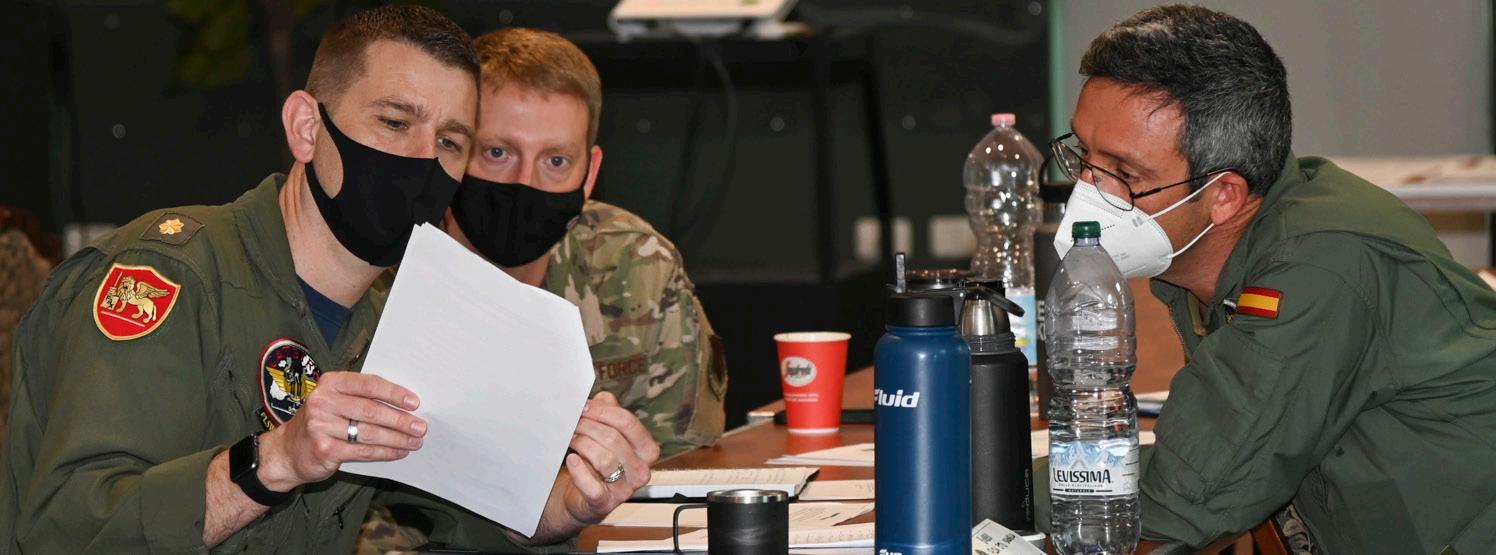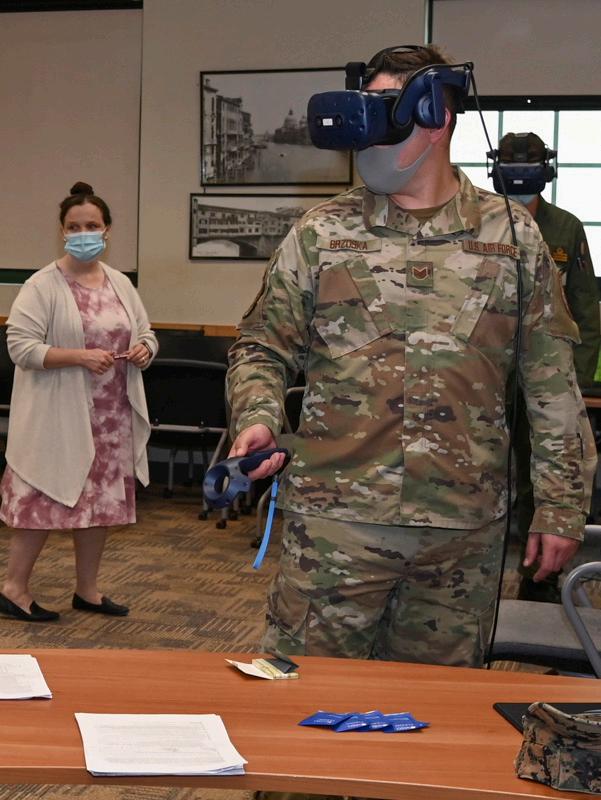
3 minute read
5 Sigonella Hosts IEAFA Course
By MCSN Triniti Lersch, NAS Sigonella Public Affairs
The Inter-European Air Forces Academy (IEAFA) and subject matter experts from U.S. Air Forces in Europe Safety Office conducted an aviation safety course, for the first time, specifically tailored for Naval Air Station (NAS) Sigonella, April 26-May 7.
Advertisement
IEAFA is located onboard Kapaun Air Station adjacent to Ramstein Air Base in Germany and is a unique unit within the DoD that has the authority to cross borders and train on a variety of military professional topics. In its short history of only five years, IEAFA has already trained more than a thousand students across the European Command theater from 42 different allied and partner nations.
This Sigonella-specific class was unique because it included North Atlantic Treaty Organization (NATO) members, NATO Alliance Ground Surveillance (AGS) members, Air Force squadrons, Navy and Marine personnel, as well as Italian Air Force components.
“As the newest mission in the Sigonella airspace, I think this is a great opportunity for NAGSF members to discuss operational issues with the other members of our local Sigonella flying community,” said Brigadier General Houston Cantwell, commander, NATO AGSF. “The ability to learn together and talk about aviation safety, risk management, and safety culture is paramount to safe and effective flying operations. Any opportunity we have to work together more effectively and safely makes us all better aviators.”
According to Major Brandon Williams, IEAFA instructor, this course helps the military mission specifically on the flying side of operations.
“The block of instruction that I personally taught was the risk management section of Air Force safety,” said Williams. “Other courses that we’ll include will be Air Force Safety Program Management (ASPM), how we will structure safety and a wing level or squadron level, and the functions and publications that govern what they do there.”
The purpose of this course is the ability to prevent future mishaps.
“We’ll do our due diligence in investigating mishaps and trying to find the root cause of what really happened,” said Williams. “If it was a one-off mechanical failure, we could investigate to the point of finding out that maybe it was a bad batch of, let’s say, screws from a certain manufacturer. We can eliminate those screws from the pipeline supply chain, because of that one incident. We look at that as having prevented a future mishap, by taking the faulty parts out of the supply chain.”
Presenting the course in Sigonella offered an opportunity for students with different experiences to work together and learn from each other.
“NAS Sigonella is unique in that they get all these entities together with the same common problems,” said Williams. “Sometimes in joint environments like that you have people who have common problems but they never talk to one another. A benefit to the students here is they’re getting to talk and they’re building relationships in these different units, so if they have the same issue they can call somebody across the flight line and say ‘Hey, are you having the same problem?’ Then they can put their heads together and find a common solution that benefits everyone.”
IEAFA teaches a variety of professional military education, including the Inter-European Squadron Officer School and the Inter-European Non-Commissioned Officer Academy. On the technical training side they offer the Inter-European Basic Instructor course, the Inter-European Aviation Safety Program Management Course, and the Inter-European Tactical Combat Casualty Care Course. IEAFA is also in the midst of developing other courses that will align and support operational priorities to allies and partners in Africa as well as Europe within the next fiscal year.
“NAS Sigonella’s willingness to welcome the IEAFA and USAFE-AFAFRICA team to offer this safety course has opened the doors for many beneficial conversations that may have never happened otherwise,” said Cantwell. “The course gave students a great chance to make connections across multi-national channels, strengthened their understanding of how other communities apply safety principles and practices, and strengthened Sigonella’s local flying community safety culture.”













